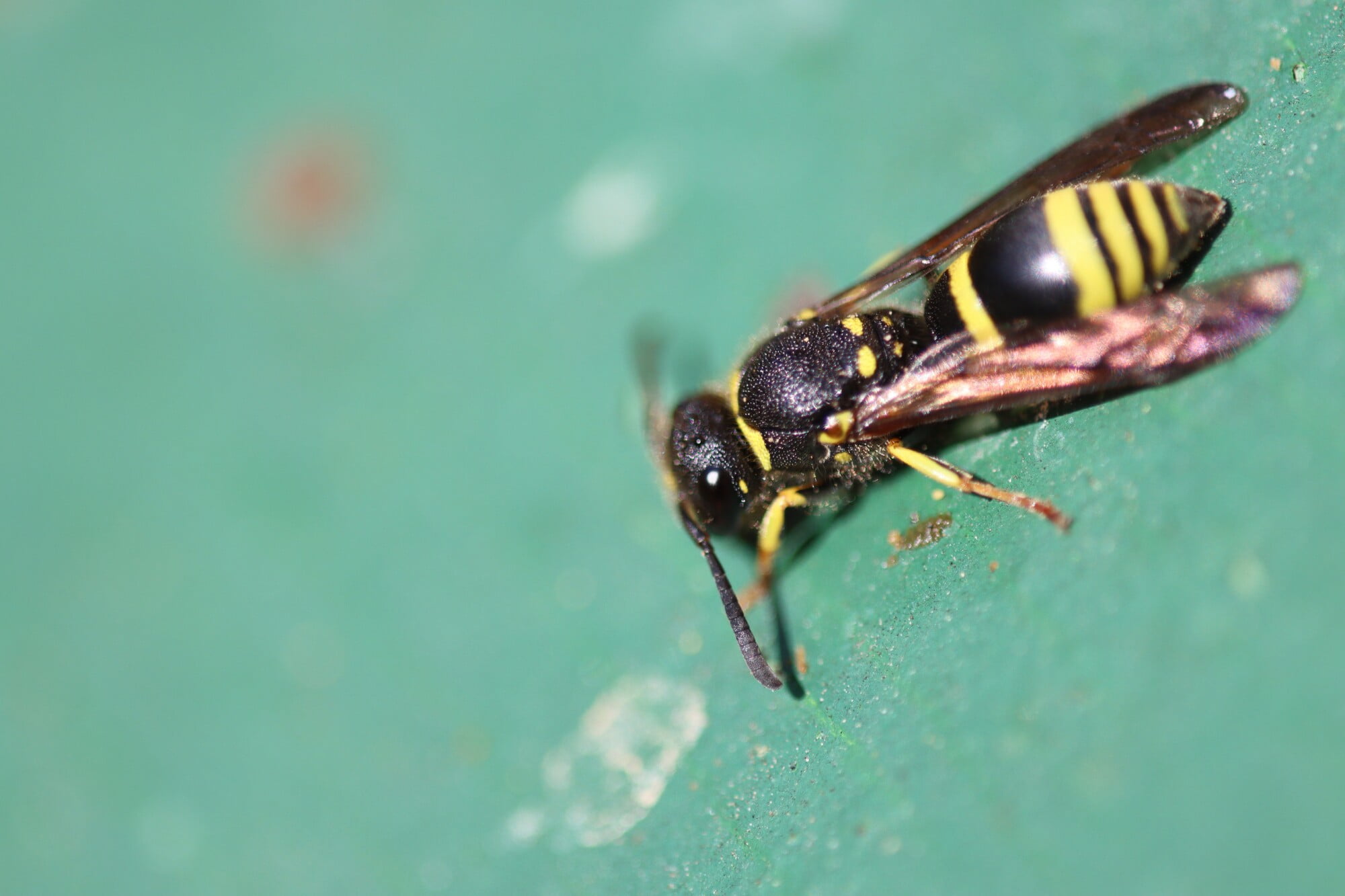When you finally venture into homeownership, you also sign on for a recurring cycle of home maintenance tasks. Many of these tasks are routine and expected, such as cleaning out your gutters and checking your roof for damage in the spring.
Unfortunately, there are less common problems that can happen in your home that typical home maintenance checklists don’t cover. One of the big ones that often gets overlooked is checking for signs of pests.
Pests of all kinds can invade your home, such as rodents, ants, and even wasps. If you don’t know the signs of a wasp nest, keep reading. We’ll cover the things that will alert you that these stinging menaces are on the premises.
Wasp Basics
Wasps are pollinating insects with some surface similarities to bees. There are several types of wasps common in the US, including:
- Yellow Jackets
- Hornets
- Paper wasps
- Mud dauber wasps
Wasps are found in all parts of the US. Unlike the honey bee, wasps are an aggressive species that will sting with minor provocation. Their stinger venom can also cause more severe reactions.
For those with bee sting allergies, the reactions can include dangerous anaphylactic shock.
While wasps do some pollinating, similar to honey bees, it’s a more passive process. That, combined with their aggression, makes them a very poor addition to your property.
Signs of a Wasp Nest
With the wasp basics out of the way, there is still a lingering question. How do you know you have a stinging insect infestation in or around your home?
Increased Numbers
Much like other bees, wasps will travel away from their nest or hive in search of flowers. It’s common to see at least some wasps hovering near flowering plants or trees on your property.
The more flowering plants you keep, the more wasps and bees you will see in the spring and summer. While you should steer clear of wasps you see, it’s not a cause for concern.
If you see a sharp uptick in the number of wasps around your home, however, that is often a sign that a nest has developed in or around your home.
Congregating Wasps
Another of the key signs of wasps is when they congregate in a specific area around your home. For example, some wasps will build nests in the hollow space of walls. That means they need an entrance somewhere nearby.
If you see a lot of wasps crawling around in one spot, there is likely an entrance to a wasp nest in that spot. You may see similar activity near a garden shed or similar structure.
Other wasps will build their nests outside of the home, along the eaves for example. You can typically see these nests. You will often see wasps flying around those nests in something of a cloud as they come and go.
Do not get too close to visible nests during the day, as that is when the wasps are at peak activity. It greatly increases the odds of you getting stung. Wasps typically settle down in the evenings.
Buzzing Noises
You may also identify a likely wasp nest from the intense buzzing noises of lots of wasps flying close together. Some wasp nests may contain several thousand wasps, so the sound is often very clear as you get closer.
You may also hear a more muted buzzing from inside your walls. If you keep finding wasps inside your home and hearing that low-level buzz, there is a good chance that you have a nest in a wall.
There is also the possibility of a nest in the crawl space beneath your home. If you believe there is a nest in your crawl space, do not go under your home looking for it.
The cramped quarters make you especially vulnerable to mass stinging, which can prove lethal.
Wood Damage
Many types of wasps make their nests using chewed-up wood. Your home or fences are often the most convenient source of wood available for the wasps.
Keep your eyes open for wood damage such as holes or tunnels in the exterior wooden portions of your home or nearby fencing. This is one of the telltale signs of a wasp nest, as several other kinds of insects also damage wood.
You See the Nest
The most obvious of all wasp nest signs is when you see the nest itself. Some nests are relatively flat in structure and take on a kind of honeycomb pattern. Other nests are more ball-shaped with an opening at the bottom where the wasps come and go.
Dealing with Wasp Nests
No homeowner wants a wasp nest just sitting there and getting larger. For the flat, honeycomb-like nests you typically see along eaves, you can potentially deal with the problem yourself.
You can get wasp killer sprays that let you douse the nest from a distance. It’s typically best to do this early in the morning or late in the evening when most or all of the wasps are in the nest.
Make sure you use gloves, eye protection, and some kind of mask. You don’t want to breathe in the pesticides in the spray or get it on your skin.
For nests inside wall hollows, in your crawlspace, or the ball-shaped nest, you should hire professional pest exterminators. Professional exterminators will bring the right safety gear to avoid getting stung. They also have the training to know how to deal with the infestation.
Wasp Nests and Your Home
You want to know the signs of a wasp nest because wasps are aggressive, stinging insects. They can prove dangerous to you and your family.
For the most part, you want to keep an eye out for higher-than-expected numbers of wasps. You should also watch for congregating wasps. Those two factors will almost lead you to a nest in or around your home.
Looking for more pest management tips for your home? Check out the posts over in our Household section.




